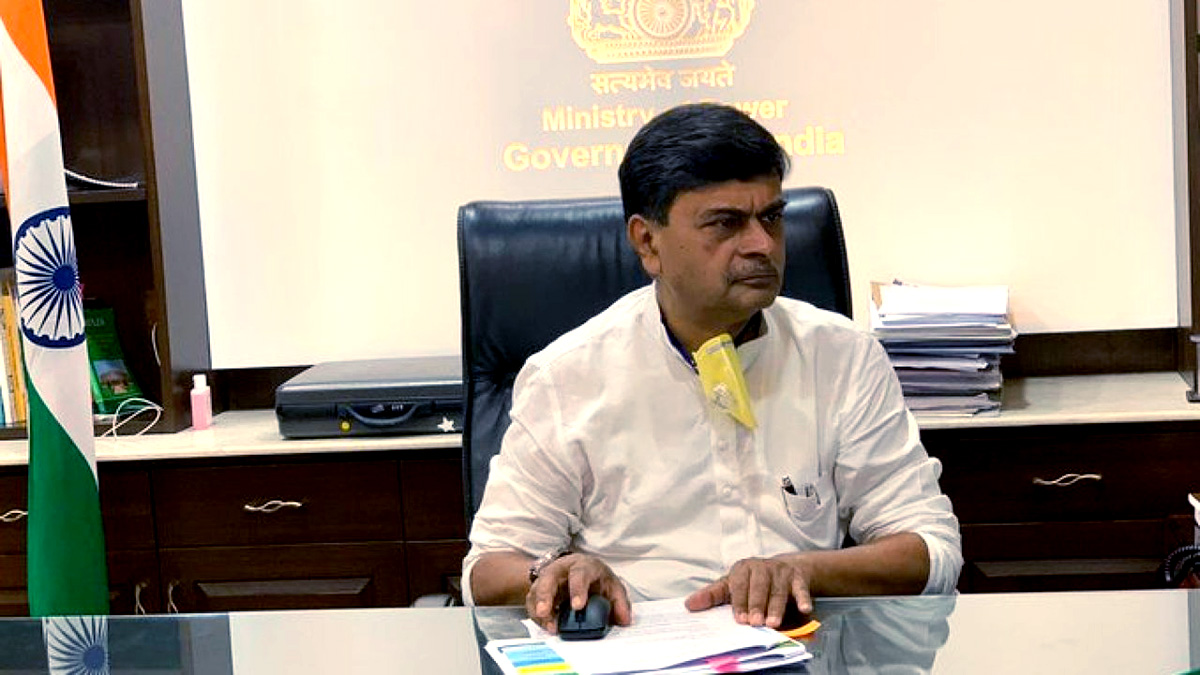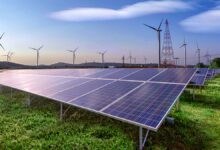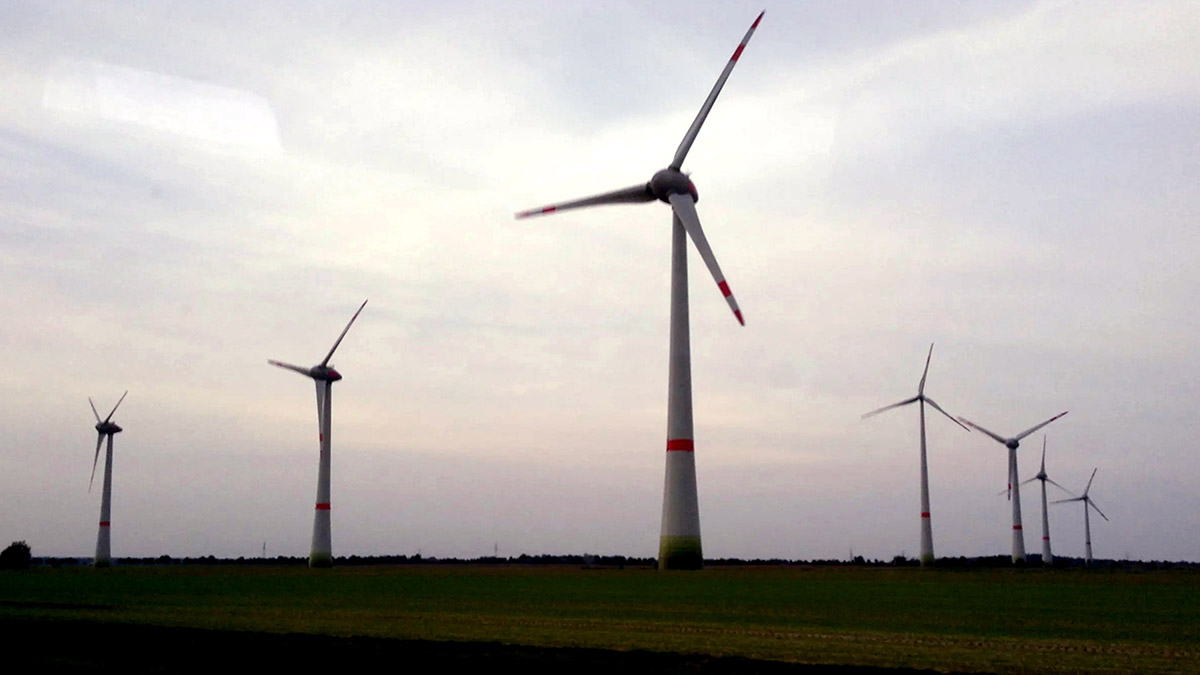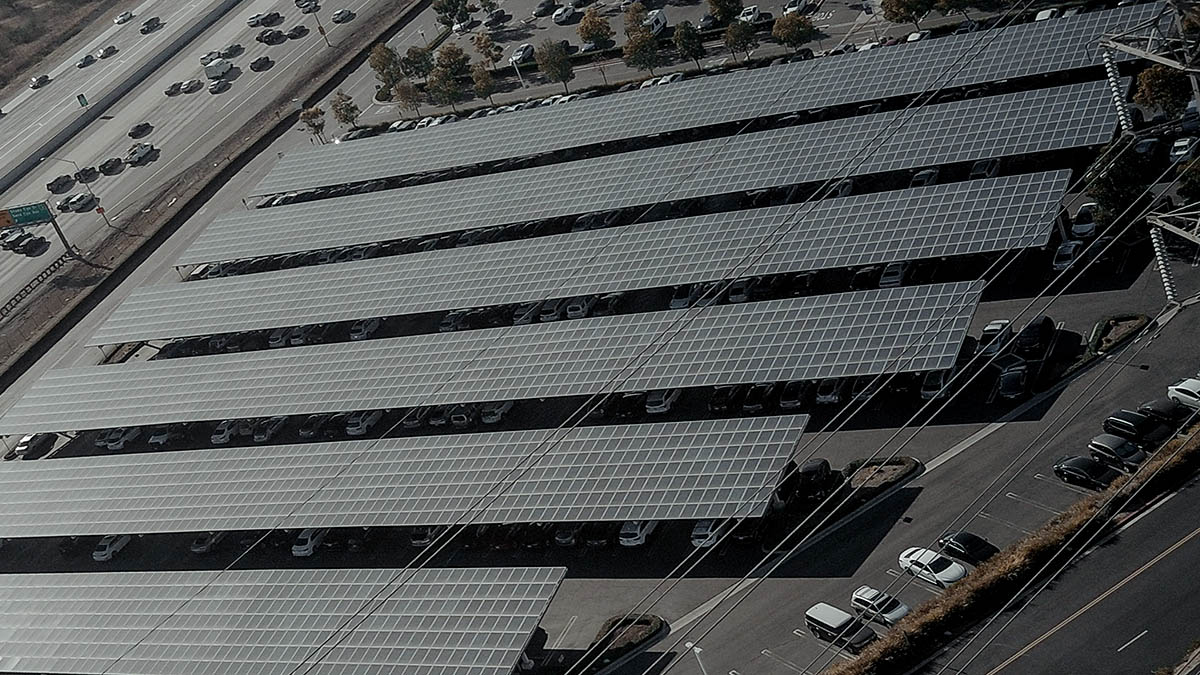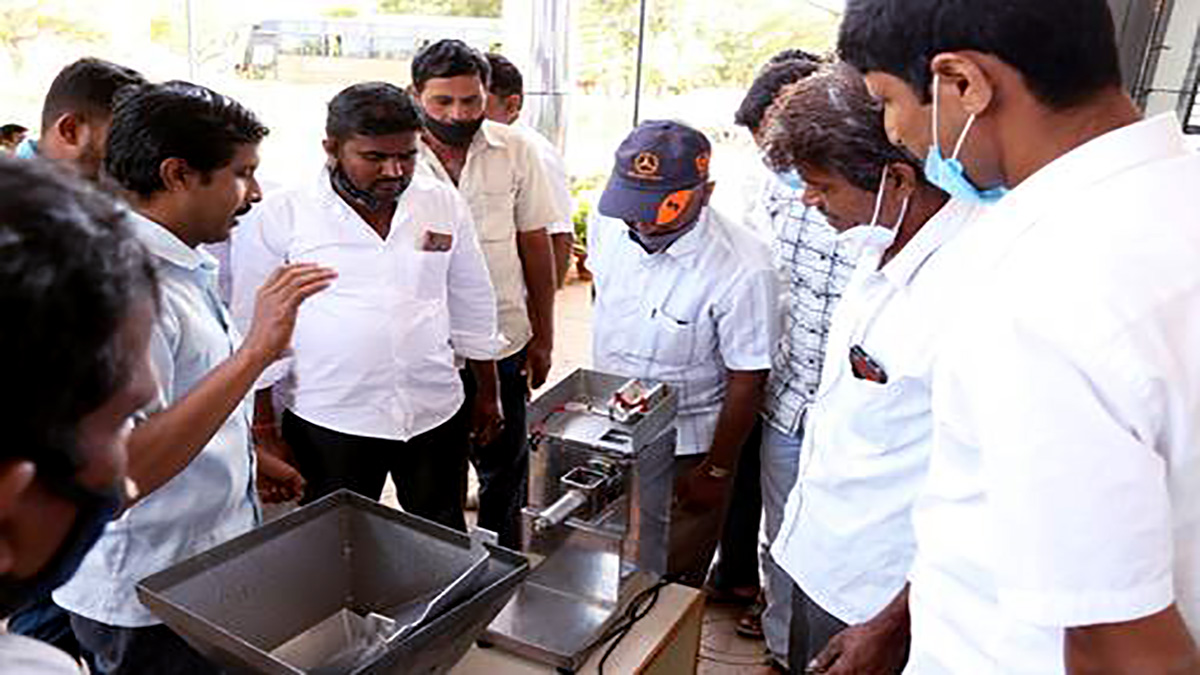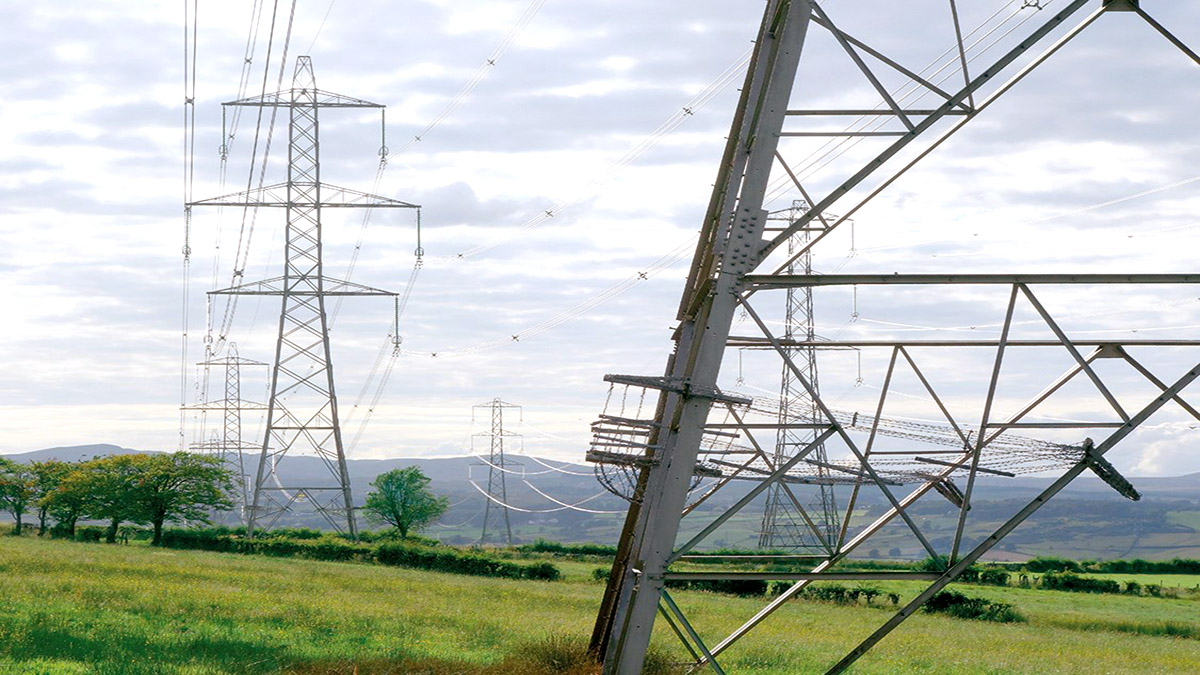Union Power Minister RK Singh has dedicated to the nation the Automatic Generation Control (AGC) project which would help in maintaining the frequency and reliability of the electricity system.
This is also expected to facilitate achieving the government’s ambitious target of 500 GW non-fossil fuel-based generation capacity by 2030, a power ministry statement said.
The AGC is being operated by the Power System Operation Corporation (POSOCO) through the National Load Despatch Centre. Through AGC, POSOCO sends signals to power plants every 4 seconds to maintain frequency and reliability of the power system.
Speaking on the occasion of the 5th POSOCO Day, Singh said India is getting ready for integration of large-scale variable and intermittent renewable sources and one of the major tools for enabling the frequency control is AGC.
He said under the POSOCO’s AGC project, till date 51 GW of generation capacity across all five regions is operational. This is a significant milestone in improving the resilience of the Indian power system manifolds.
Through AGC, the National Load Despatch Centre (NLDC) sends signals to more than 50 power plants in the country every 4 seconds to maintain the frequency and reliability of the Indian power system. This will ensure more efficient and automatic frequency control for handling variable and intermittent renewable generation.
Singh also released a report titled ‘Assessment of Inertia in Indian Power System’, prepared by POSOCO in collaboration with IIT Bombay.
The minister further said, “On the country’s march towards achieving the renewable energy capacity of 175 GW in 2022, we have achieved an installed capacity of 150 GW of renewable energy, including large hydro projects. 63 GW of renewable energy capacity are under various phases of installation, which is expected to be completed by next year.”
Talking about the challenges of the Indian power system, Singh said, “POSOCO has to brace up for challenges of the future, in our national goal of transition to cleaner energy. The dynamics in the Indian Power Sector are multifold, ranging from the changing fuel mix, penetration of renewables, the proliferation of distributed energy resources, and the challenge to deepen system security and resilience.”
Stating that the power sector is transforming, Singh said there is a need to balance grid operations as renewables are evolving as a greater challenge.
“Substantial part of the consumption will be generated by consumers through renewables. We will see even industries switching to renewables as tariff of industries is higher than consumers. We need to come up with mechanism to balance this all,” he noted.
“We together have changed the Power Sector. We have transformed our country from deficit to surplus. We have connected whole country to one grid. And now we can transfer 112 GW from one region to another.
“We connected whole country to one market. Now the power can be generated anywhere and consumed anywhere. Now there is no question of any area being power-deficit,” he added.
On the occasion, Minister of State for Power Krishan Pal Gurjar said, “POSOCO is contributing to the formation of the South Asian Grid for effective utilization of resources between neighbouring countries (Bhutan, Nepal, Bangladesh and Myanmar) under its jurisdiction.”
Over the years, POSOCO has successfully operated the Indian electricity grid with a focus on efficiency, reliability, safety and fairness, despite the challenges posed by the COVID-19 pandemic, he added.
POSOCO is responsible for ensuring the integrated operation of the electricity grid in a reliable, efficient, and secure manner. It consists of five Regional Load Despatch Centres (RLDCs) and the National Load Despatch Centre.


